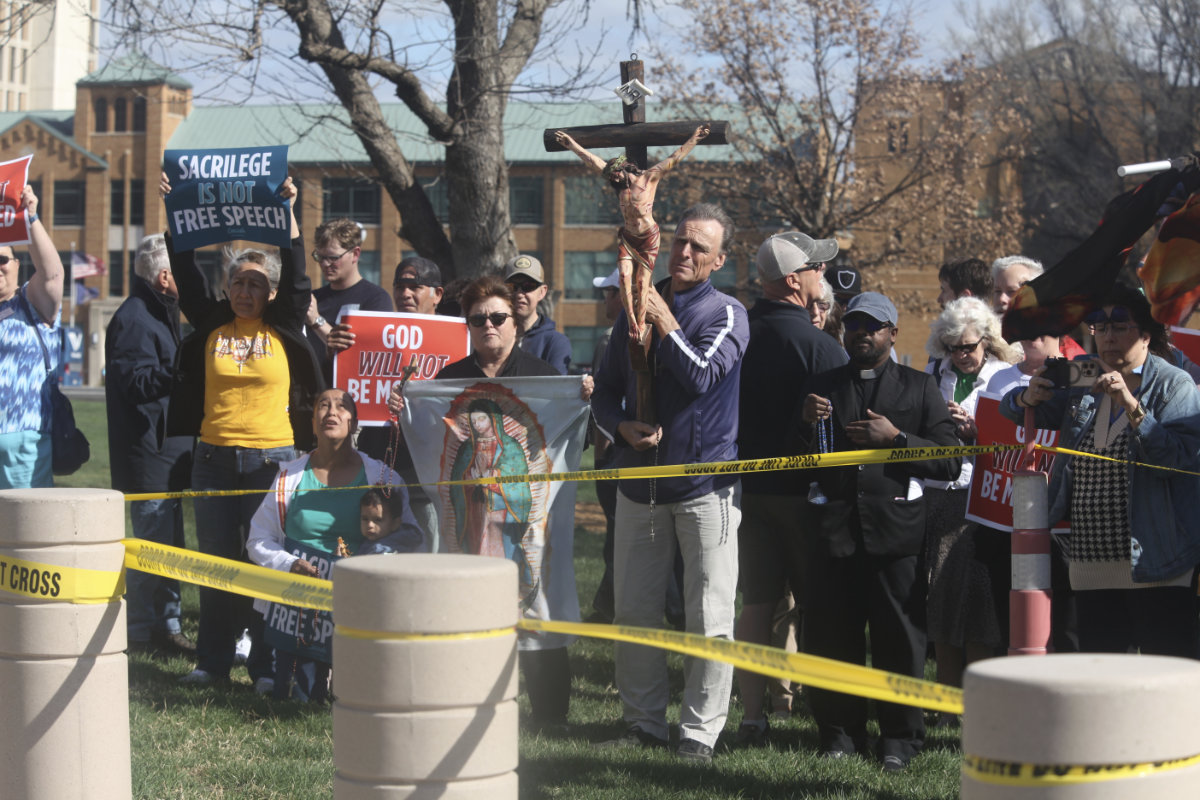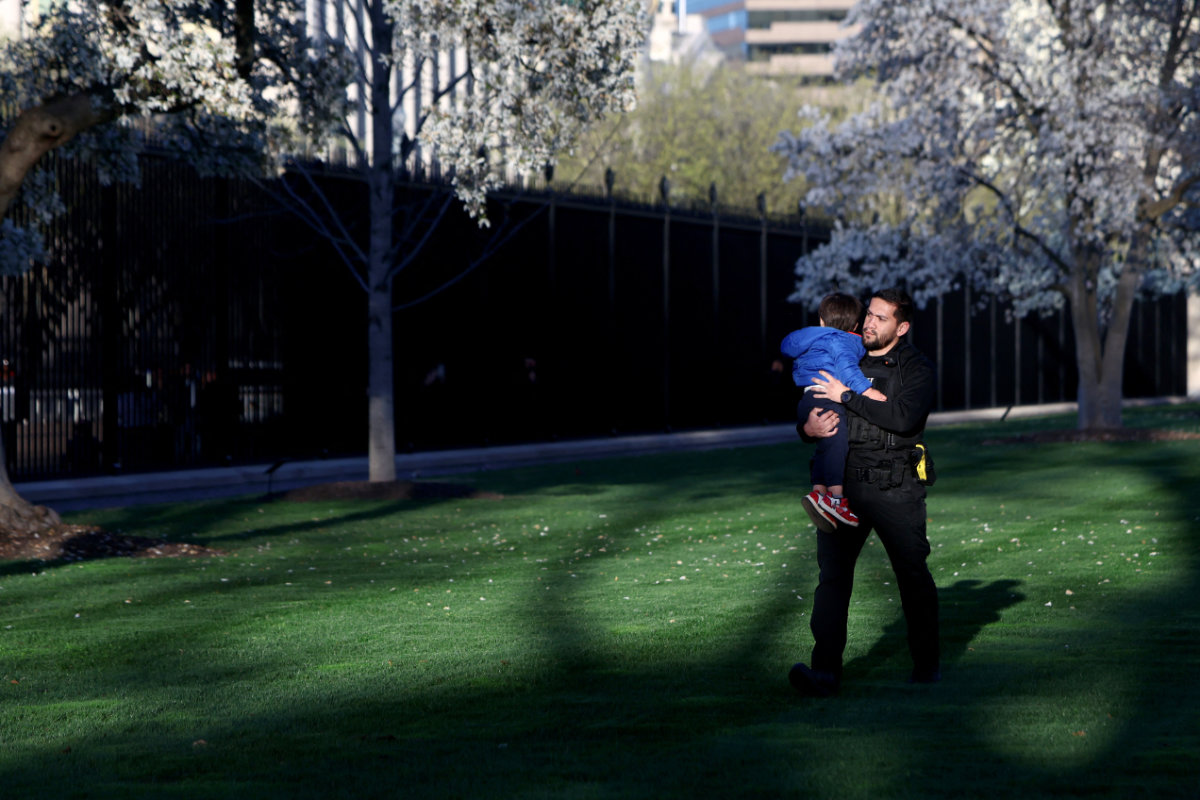LVIV: All Natalia has for Valentine's Day is the grave of her husband, Vassyl, a Ukrainian soldier killed at the front and now buried in the western city of Lviv.
That and a purple book of poems she clutches tightly in her hands.
"I gave this book to him as a wedding anniversary present. A month later, he was gone," Natalia said through her tears as she gazed at the tombstone.
Natalia and Vassyl spent 21 years of their lives together. They had three children, the youngest of whom is just six.
Vassyl was a writer, a lover of literature. As he did not have time to enjoy her latest present, Natalia brought it with her to the cemetery, "to read it to him".
Swaddled in a black puffer jacket, her eyes red with emotion, Natalia recited "So no one has loved," a poem she had learned by heart.
Between the pages of the poetry book she had slipped the dried petals of a yellow rose, the same colour as the roses on Vassyl's grave.
Natalia was not the only soldier's widow at the cemetery in western Ukraine on Friday, where the tombstones were decorated with red heart-shaped balloons, cuddly toys and the yellow and blue national flag.
Maria lost her husband, Andrey, on Christmas Eve last year.
They had never celebrated Valentine's Day, she said, calling it "just a marketing ploy".
"But I don't know. Today I wanted to come," she said.
"It's all very painful. And unfair, really," she added. "Instead of having a good, beautiful life, like we had before this war, now you only have a grave in the cemetery and that's it."
Another widow, also called Natalia, was busy pinning a little heart to the flowers on the grave of her spouse, who was killed when a drone hit his car.
"I can't get used to the fact that he is no more, that I will never hear him again, never see him again," she said.
"My husband loved me very much. He always called me constantly. He loved me. He would have congratulated me today too, if he were alive."
On the other side of the country in Kramatorsk, at the heart of the fighting in the eastern region of Donetsk, 30-year-old combat medic Yaroslav was preparing Thursday to spend a third Valentine's Day in a row without his wife.
Despite the distance, he has resolved to keep the faith. "Let it be a holiday. That's it. War is war. there will always be hard times," he said.
He showed AFP the goodies in his khaki bag -- macaroons oozing with chocolate sent to him by his spouse, who knew they were his favourite treat.
He and his comrades had sent back flowers and sweets by post or courier.
Yaroslav has not seen his wife for three months, and would probably have to wait another three.
"I feel sad to leave her. It is sad to come back here," he said quietly, lowering his bright blue eyes.
If they had been together on Valentine's Day, "I think we wouldn't talk. We would just be hugging."
A little way off, Olga Volodiuk, a florist, waited for the lovers who did not turn up.
"The market is empty," Volodiuk said, wrapping herself tightly in her pink puffer jacket.
She blamed the increasing attacks on Kramatorsk, a major army base near one of the few remaining cities in the east under Ukrainian control.
The shops were full of cuddly bears and coloured decorations for Valentine's Day but this year there were fewer customers, Volodiuk said.
"There were explosions today," she said. "There is no line to buy bread so to buy flowers, even less so."
Ukranians mark Valentine's Day with tears
https://arab.news/4pncx
Ukranians mark Valentine's Day with tears

- "I gave this book to him as a wedding anniversary present. A month later, he was gone," Natalia said through her tears as she gazed at the tombstone
- Vassyl was a writer, a lover of literature. As he did not have time to enjoy her latest present, Natalia brought it with her to the cemetery, "to read it to him"


































